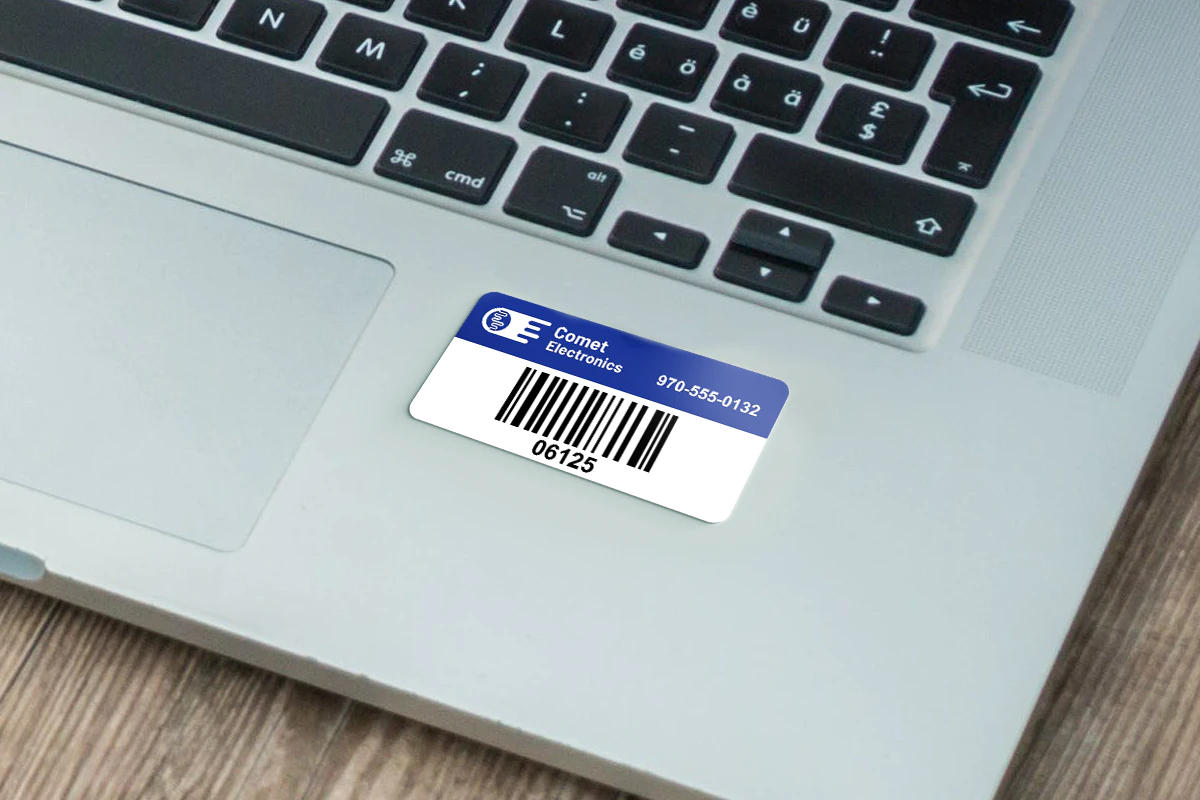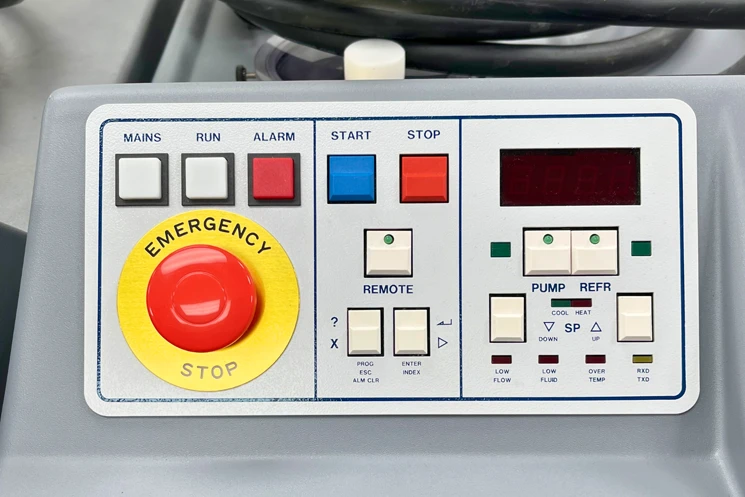An inventory tagging system is a method businesses use to track and manage their inventory items by attaching inventory tags and labels to each product. These tags, such as asset tags, RFID tags, or barcode labels, store crucial details like serial numbers and product information.
The system integrates with an inventory management system or inventory management software, allowing businesses to scan and update inventory data easily.
The main goal of an inventory tagging system is to make tracking and organizing your inventory items simple, accurate, and easily accessible. It reduces manual errors, speeds up processes like inventory counts, and ensures that businesses always know what they have in stock.
Whether you’re running a small business or managing a large operation, inventory tagging saves time and boosts efficiency. Ready to take your inventory control to the next level? Learn more by visiting this comprehensive guide on the 6 Essential Steps to Creating an Effective Asset Tagging System.
Let’s explore how inventory tagging works, its types of inventory tags, and how it helps with inventory control and management.
How Does an Inventory Tagging System Work?
An inventory tagging system works by attaching a unique tag or label to each item in your inventory. These tags include important information, like serial numbers or barcodes, which can be scanned to track items through their lifecycle.
Here’s how it works step by step:
- Tagging Inventory Items
Each product is assigned a tag, such as a barcode, RFID tag, or asset label. These tags contain a unique identifier that links the item to a central inventory management system. - Scanning the Tag
When you scan the barcode or tag using a handheld scanner or mobile device, the information is uploaded to your inventory data system. - Tracking Inventory in Real Time
The system updates automatically, showing where the item is located, its quantity, and any relevant details like expiration dates or maintenance needs.
This process makes your inventory easily accessible while improving accuracy and reducing errors.
Types of Inventory Tags
There are various types of inventory tags, each suited for specific industries or purposes:
1. Barcode Labels
Barcodes are the most common inventory control tags, used to track products by scanning them. These tags work well for retail and warehouse environments where quick updates to inventory data are needed.
2. RFID Tags
RFID stands for radio frequency identification, which uses radio waves to track items without requiring a line of sight. This is ideal for industries managing large inventories, like manufacturing or logistics.
3. Asset Tags
Asset tags are durable labels used for long-term tracking of equipment and high-value items. They’re often used in offices, hospitals, and construction companies to monitor tools and machinery.
4. Custom Tags and Labels
Tags and labels can be customized to include specific details, like company branding or specialized fields, making them versatile for any business type.
Benefits of an Inventory Tagging System
An inventory labeling system offers numerous advantages for businesses:
1. Better Inventory Control
By tagging each item, businesses can improve inventory control by knowing exactly what they have in stock and where it’s located. This reduces the risk of lost items and helps with tracking inventory.
2. Streamlined Inventory Counts
With a tagging system, inventory counts become faster and more accurate. By scanning tags, employees can complete audits and updates with minimal effort.
3. Real-Time Tracking
Using technologies like RFID tags and barcodes, businesses can view inventory items in real time. This helps when managing supplies across multiple locations.
4. Long-Term Asset Management
For high-value items like machinery or IT equipment, asset tags provide a way to track usage, schedule maintenance, and ensure proper handling over the long term.
5. Easily Accessible Inventory Data
With an inventory management system, all your data is centralized and easy to access, providing insights into product performance, stock levels, and more.
Examples of Inventory Tagging in Action
Retail Stores
Retailers use barcode-based inventory labeling to track products and streamline checkout. By attaching tags to products, they can scan the barcode to monitor sales, restock quickly, and reduce theft.
Small Businesses
Small businesses use an inventory labeling system to track supplies and products. For example, a bakery might tag ingredients with QR codes to monitor expiration dates and ensure freshness.
Asset Managers in IT
An asset manager in a tech company can use laptop asset tags to track devices issued to employees. The tags help prevent loss, monitor software updates, and ensure the devices are returned when employees leave.
Inventory Tagging System and Asset Tags
While inventory tagging focuses on products, asset tags are used for high-value, durable items like machinery or IT equipment. Here’s how the two work together:
1. Asset Tagging for Inventory Control
Asset tags help track large items that may not move often, such as office equipment, machinery, or furniture. These tags can include serial numbers, QR codes, or barcodes for easy scanning. For a deeper dive into the role of tag numbers and asset tags in inventory control, explore our detailed blog post: What is the Use of a Tag Number in Inventory Control?
2. Integration with Inventory Management Systems
Both asset and inventory tags integrate with an inventory management system, giving businesses a complete overview of their assets and inventory in one place.
3. Loss Prevention and Theft Deterrence
By tagging items, businesses reduce theft and loss. For example, an inventory control tag on a high-value tool not only tracks its location but also deters theft by acting as a visible warning.
Asset Tagging System
An inventory tagging system is essential for businesses that want to streamline operations, improve inventory control, and prevent loss.
Whether you’re using barcode labels, RFID tags, or durable asset tags, tagging items ensures they’re easily accessible, well-organized, and trackable in real time.
By integrating these tags with an inventory management system, businesses can simplify processes, reduce errors, and make smarter decisions. If you’re ready to improve your inventory process, consider implementing an asset tagging system that suits your business needs.
Inventory Tagging Systems FAQs
An inventory tagging system is a method of attaching tags and labels to items to track their location, quantity, and details using a tracking system like barcodes or RFID.
It improves inventory control by providing real-time updates on stock levels, automating inventory counts, and reducing the risk of misplaced items.
Common types include barcode labels, RFID tags, QR codes, and custom tags designed for specific business needs.
Yes, asset tags can be used for high-value inventory items. They provide additional details like maintenance schedules and ownership information.
Accurate inventory data ensures that businesses know what they have, where it is, and when they need to reorder, improving efficiency and reducing costs.



